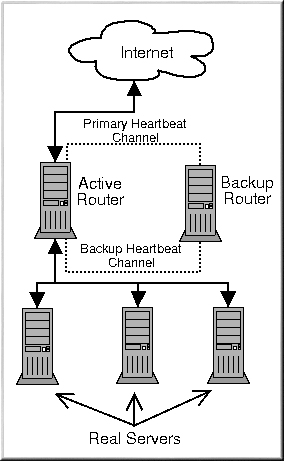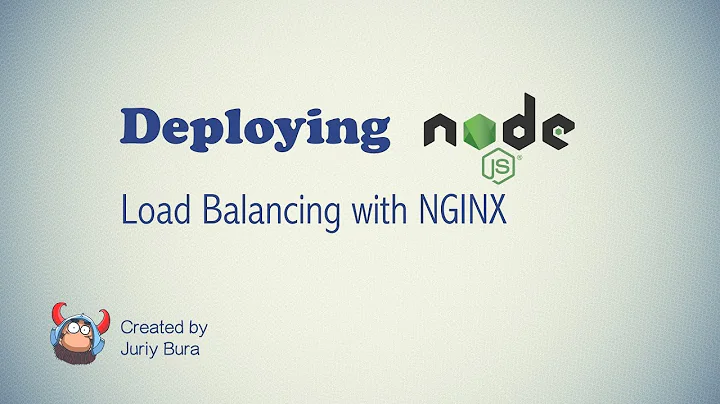Is it possible to balance load between multiple Nginx load balancers without using a hardware load balancer?
You need common access point. This should be done with virtual addresses or routing. Best/easiest way to accomplish this without additional hardware and protocols is to use LVS.
LVS is kernel level IP balancer that can do the job and is very fast and effective, has impressive throughput. You can also configure filewall on the same node.
For your configuration, easiest way is to configure LVS-NAT with two nodes (active-backup), it supports heartbeat between nodes and uses virtual IP for both sides. If master node will fail, then slave one will push arp update to the switch and takeover IP address.
There are tons of configuration utilities, some distributions feature fancy utilities for configuration, ex. RHEL/Centos/Fedora has piranha web GUI.
For real servers you can configure timeouts, scheduling, ratios, monitoring, session persistence etc. Pretty flexible.
Also, it's good to share session info between nodes.

Recommended docs:
LVS official: http://www.linuxvirtualserver.org/Documents.html
LVS wiki: http://kb.linuxvirtualserver.org/wiki/Main_Page
Related videos on Youtube
its_me
Updated on September 18, 2022Comments
-
its_me over 1 year
I plan to balance load between my app servers using a separate Nginx server as a software load balancer. But actually, it's because a load balancer in front of the app servers allows me to update an app server (OS, application, etc.) when I want without downtime.
Then I realized, how do I update the load balancer itself? i.e. my site is still going to go down when I need to update the OS and Nginx on the server that acts as the load balancer for my application.
As hard load balancing is out of question, I was wondering if it's possible to connect two Nginx webservers together so that they balance load across app servers together, while enabling me to update one at a time, when I need to, without causing downtime.
Is this realistic?
-
 Andrew Domaszek over 10 yearsThere are a number of very good ways to do failover. One is to just switch which machine has what IP (this can be done automatically). But once you figure that out, the redundancy can keep going up the ladder until you've got a much more complex system than is absolutely necessary. How much downtime do you have by installing the update and then restarting the balancer, a couple seconds? Are the dozen page requests you might get during that blip worth setting up and maintaining an extra box to balance requests? Can you mitigate those page requests by properly scheduling the update?
Andrew Domaszek over 10 yearsThere are a number of very good ways to do failover. One is to just switch which machine has what IP (this can be done automatically). But once you figure that out, the redundancy can keep going up the ladder until you've got a much more complex system than is absolutely necessary. How much downtime do you have by installing the update and then restarting the balancer, a couple seconds? Are the dozen page requests you might get during that blip worth setting up and maintaining an extra box to balance requests? Can you mitigate those page requests by properly scheduling the update? -
its_me over 10 years@AndrewDomaszek Updating would take 10-15 minutes (although I plan to do it only on slow days), which is why I am considering a load balancer.
-




